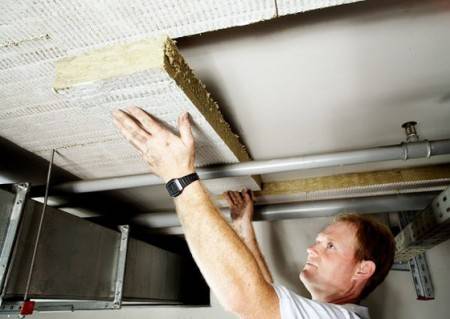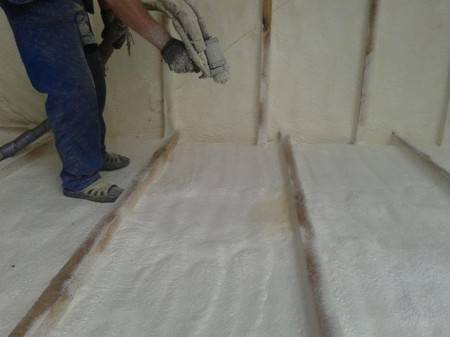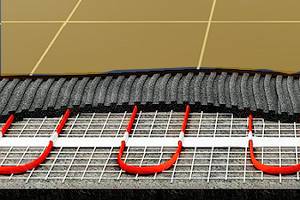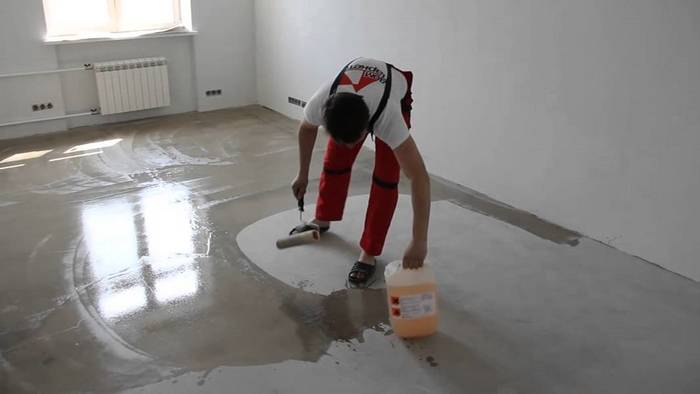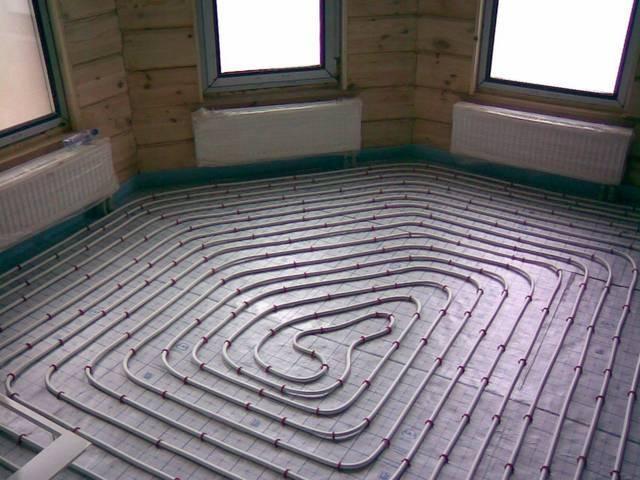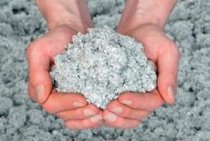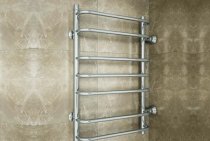What materials are needed to insulate a cold floor in a private house
Consider the most popular heaters:
Mineral wool. The most common material for home insulation. In addition to low cost, it has ease of installation, good sound insulation, low thermal conductivity. Disadvantages can scare off a potential buyer. High vapor permeability without installing waterproofing calls into question the feasibility of using mineral wool for home insulation. In addition, it was to the taste of rodents.
Ecowool
Low cost, environmentally friendly material, good thermal insulation attracts the attention of buyers. But the disadvantages are the same: moisture permeability, delicacy of rodents and flammability.
Styrofoam
Good thermal insulator, highly resistant, does not let moisture through. The disadvantage is the same flammability. When burned, it emits a lot of harmful substances, so it should not be installed in a residential area.
Plywood, sawdust, chipboard. Quite popular heaters. Harmless to the room, as they do not emit poisons when burned. There are shortcomings in thermal insulation and combustibility, but otherwise acceptable for installation.
The least popular: glass wool (inconvenient to use, harms the body), expanded clay (has a too thin layer for thermal insulation), polystyrene foam (high fire hazard).
When choosing a heater, each owner should focus on many indicators: what is the area of \u200b\u200bthe room, are the windows insulated, the interior of the house, the material component, etc.
But most importantly, the insulation must qualitatively fulfill its characteristics declared by the manufacturer and warm the occupants of the room with warmth and comfort, give comfort and serve for a long time.
Do-it-yourself floor insulation
It is quite simple to make a wooden frame from a log (wooden slats). Their size is chosen based on the thickness of the insulation.
In addition to the heat insulator, the log will need:
- wooden frame fasteners (dowels, self-tapping screws, anchors);
- building glue, mastic;
- waterproofing layer (in the simplest version - dense polyethylene);
- building foam (if necessary, to fill gaps in hard-to-reach places).

The step between the lags may depend on the cutting of the heat insulator; the distance between the bars of 60 centimeters is considered optimal. Logs in apartments above damp basements can be additionally treated with water-repellent impregnations.
A heat insulator is laid in the gaps, which is covered on top with an outer layer of polyethylene.
A wooden floor base is attached to the logs (fine flooring). Ventilation gaps are left at the walls.
Floor insulation in the apartment on the ground floor
Cold floors are typical when living on the first floor in an old housing stock. This is due to insufficient thermal insulation of the basement.
In such houses, measures were not taken to improve waterproofing, so dampness also pulls from below.
The floors in the apartments (linoleum, laminate) are laid directly on the concrete floor, without an air gap.
Apartments on the first floor suffer the most from the cold, giving off heat to the upper rooms and not receiving heat from below. The best methods of insulation are active (using the heat of electricity, water) underfloor heating. In many cases, it is sufficient to improve the floor by laying a thermal insulation layer.
What to do if the apartment has a cold floor
For starters, you can complain about cold batteries. But still, the way to solve such a problem was and remains - to isolate and insulate the floor. The essence of insulating materials is their thermal insulation properties, which do not allow heat to escape outside the apartment.There are several options for insulation, consider the popular ones.
- Bulk materials. These include expanded clay, shavings and wood concrete. They have high thermal insulation properties and are relatively inexpensive.
- Glass wool / mineral wool (mineral wool). They are also effective in floor insulation, while the fireproof material is not subject to fungal infection and is hygroscopic (with mandatory vapor barrier).
- Expanded polystyrene or polystyrene. It has its own advantages: moisture resistant, does not ignite and does not undergo deformation, has soundproofing properties and retains heat.
It is not possible to unequivocally answer the question of which material is better, since it is necessary to proceed from financial possibilities, the type of apartment and the premises in it, and their performance and loads. If the apartment has wooden floors, then it is better to use mineral wool as insulation. This will save money and time. The only caveat is that polymer insulation (penoplex) is not suitable for wooden floors due to the increased combustible properties of both materials. It is more efficient to use expanded clay on such coatings.
More common in urban multi-storey panel houses - apartments with concrete floors. It is a cold material in itself, so it can be cold in the apartment in winter, plus leaky joints between the plates, as a result, the floor becomes icy. It is interesting to know that 20% of the heat loss from the total heat loss is precisely the cold floors in the apartments.
In the hallway and living room, the floor can be insulated using expanded polystyrene, and in the bedroom and nursery it is better to use wood bulk material.
If the floor in the apartment is not very cold, what to do without resorting to repair work with insulation. There are alternative options:
- Lay carpet or carpet. They have a low coefficient of thermal conductivity, the greatest properties of insulation in coatings made of natural wool.
- Lay linoleum on a felt or jute substrate, or on a foam base.
If you decide to put a laminate in the apartment, then before laying it is necessary to put a special cork material, then you do not have to wonder why the laminate is cold in the apartment, and what to do.
So, in order for the floor to have a comfortable temperature, it is not necessary to use expensive heating designs, it is quite competent to insulate it using available materials. Find out why batteries are cold at the bottom and hot at the top.
Pros and cons of different heaters
Each of the materials for warming a cold floor has its own advantages.
| Material | + | — |
| Mineral wool |
Ecowool
1) natural material;
2) has low thermal conductivity and high sound insulation;
3) compact, available in different forms: rolls and mats;
4) light in weight;
5) easy to install;
1) it absorbs moisture well, therefore it requires a waterproofing device;
2) loved by rodents;
3) fire hazard.
glass wool
It has the same advantages as mineral wool. Contains glass particles. It repels mice and other rodents.
Requires special protection of hands and other parts of the body from glass cuts. This is inconvenient at work.
Styrofoam
1) low thermal conductivity;
2) high sound insulation;
3) not exposed to moisture;
4) light in weight;
5) convenient in transportation and installation;
6) has a low cost.
1) synthetic material;
2) is highly flammable and melts, producing acrid smoke;
3) not recommended for use in residential buildings;
Bulk components: expanded clay, sawdust
1) natural products;
2) excellent heat retention and sound blocking;
3) well absorb and retain moisture;
4) convenient to use and transport;
5) cheap.
1) good ventilation is required;
2) sawdust can mold, be exposed to fungus
When installing thermal insulation, plywood, chipboard, OSB are used. They close the heaters, creating a flat surface for the finishing cloth. These products serve as an additional means to maintain a comfortable temperature on the floor.
Mounting sequence
- The infrared film is laid out on the planned areas, attached to the floor with a stapler or adhesive tape along transparent edges that do not have a built-in wire.
- Recesses are made in the wall. Place the cable going from the thermostat to the thermostat.
- The places on the film in the connection area are thickened, for them it is necessary to create technological recesses artificially.
- The starting point of laying is on the opposite side from the places of connection to the power supply. From the walls leave a free space of 20 centimeters.
- Connect the copper ends to the thermostat using the cable and terminal clips included in the kit. Secure with pliers and isolate.
- The clamp is placed between the film and the wire. Connecting the IR strips is done near the wall. When they are built up, a wire of the same color is connected to each other, followed by insulation, and additional fastening with adhesive tape.
- The cable is carried inside the corrugation. It is sealed with a film, protecting it from moisture.
- After completing the installation, check the performance of the entire structure using a portable sensor.
Useful video on laying the electric floor
Installing additional heaters
If all the measures for insulation and decor did not bring the desired result, “heavy artillery” comes into play, that is, a variety of additional radiators and convectors, of which there are a great many today. If possible, the most obvious and practical solution is to replace old batteries with new models that have better heat dissipation, attractive design and temperature control.
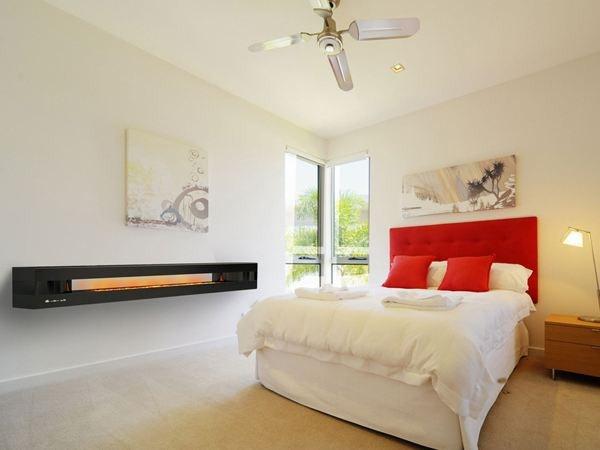
In addition to replacing stationary heating radiators, you can use additional options, for example, install a flat convector. Such a convector is mounted on the wall and can work continuously. Inside the convector there is a solid-cast heating element, which ensures silent operation and quick heating of the room to the desired temperature without changing the humidity of the air.
Convectors are compact, which is very important, Galletti
One of the most progressive heating options today are infrared heaters and panels. Their fundamental difference from other models is that they provide uniform circulation of warm air throughout the room, and not just near the battery itself. This effect is achieved due to the fact that a quartz lamp in the form of a long tube is installed inside the metal case, while you can either equip the room with built-in infrared panels or connect a portable heater.
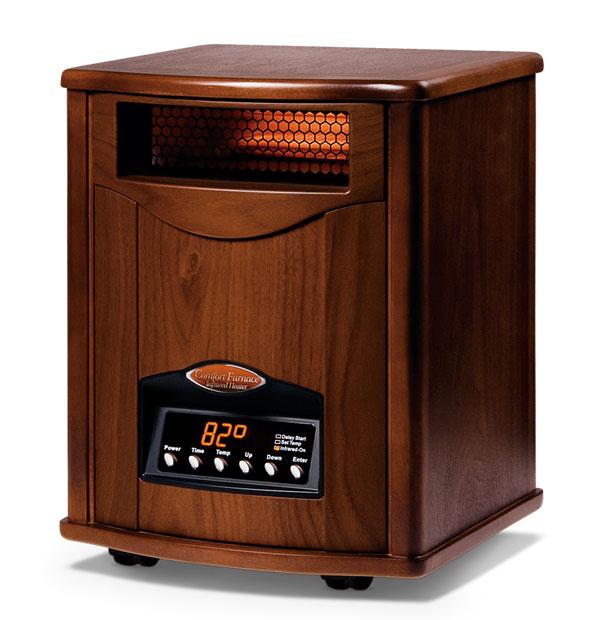
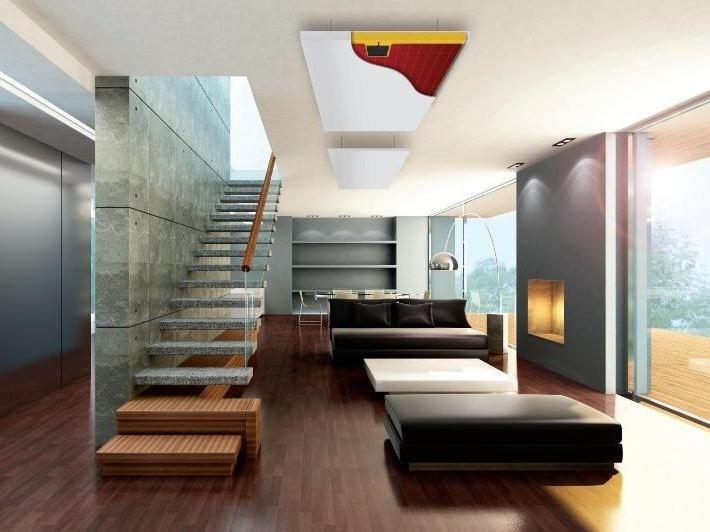
If the lack of heat in the house is a temporary phenomenon, for example, before the start of the heating season, it is enough to get a compact electric fan or an oil cooler. They are mobile and relatively inexpensive, but they dry the air, which adversely affects health, and consume a lot of electricity. It is better to have such an option as an additional safety net in case of a sudden cold snap, and maintain a constant temperature in the room at the expense of other means.
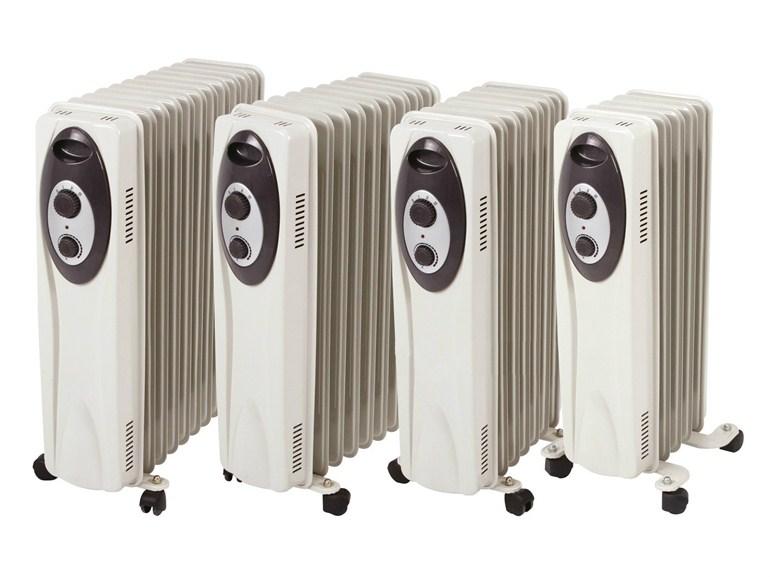
We briefly reviewed the different options for maintaining a comfortable temperature in the house during the winter.Of course, these decorative techniques are unlikely to replace high-quality repairs, but by combining our various tips, you can make winter evenings much warmer and more comfortable for the whole family.
Basement insulation
The most correct solution is the thermal insulation of the floor slab from the basement side. In other words, it is necessary to insulate the ceiling in the basement, thus moving the cold and dew point away from the floor in the apartment.
To carry out such work, it is better to coordinate with the Housing Office. There are usually no problems with this. Having received such permission, you can start thermal insulation work. The following methods are available for this:
The simplest, inexpensive, but at the same time quite effective method is to produce foam insulation. Foam sheets are glued to the concrete base with liquid nails. At the end of the work, all the gaps remaining between the sheets should be filled with mounting foam. Since the basement is quite often damp, and the foam has the property of being saturated with moisture over time, it is necessary to make waterproofing. To do this, a thick plastic film is glued onto the sheets of insulation with the same glue. The edges of such waterproofing must be overlapped by at least 10–15 cm.
You can spray polyurethane foam - one of the most reliable and durable insulation known today. After hardening, this material has high strength, excellent thermal insulation properties. Also, polyurethane foam does not burn and absolutely does not absorb moisture. The only disadvantage of this option is its rather high cost: spraying is carried out using special equipment and requires professional operator skills.
How to insulate cold floors in a private house
Insulation of a wooden floor in an old house
Preliminary work
In an old house, you can insulate a cold floor without touching the walls and other parts of the building.
Remove old boards. Examine them, throw out rotten and rotten ones. Those that have not been destroyed are left and used again.
Checking the condition of the underground
It is important to determine whether the rough floor boards, logs and other wooden parts are well preserved. Rotten elements are removed to be replaced with new ones.
While the floors are dismantled, you should check the ventilation vents, the condition of the subfloor and, if necessary, perform work in this part of the house
Sometimes it is necessary to remove excess land or, conversely, to fill the soil.
After a thorough examination, new beams are installed or old, well-preserved logs are treated with a special protective compound.
Then a rough floor is laid from substandard or second-rate unplaned boards. They are also impregnated from rotting and damage by rodents.
Next, warming measures are carried out.
Main works
It is better to insulate a cold floor in a wooden house with natural materials based on cotton wool. If the house is located near fields and in autumn and winter it is attacked by field mice and domestic rodents, glass wool should be preferred. You will have to experience inconvenience during installation. But this will guarantee that the floors will last a long time.
- A cage is mounted on the draft flooring or slats are nailed in increments of 40 cm.
- Next, they lay waterproofing - a plastic film. Cloths overlap, do not stretch, fasten with adhesive tape. The edges are folded up with an approach to the walls by about 10 cm.
- Thermal insulation material is placed between the slats. You need to fasten it. He fits well into the place allotted to him and acquires the necessary shape and size.
- From above lay any vapor-tight tightly.
- Then plywood, chipboard, OSB or floorboards are laid.
- Put the top coat on top.
If houses are insulated with bulk material to insulate a cold floor, waterproofing is not done.Expanded clay and wood waste absorb excess moisture well and are not destroyed. Sawdust is compressed over time and prevents heat from escaping.
Insulation of a cold, concrete floor
Underfloor heating system
A concrete slab on the floor of a house is a good base for installing an underfloor heating system.
After removing the old coating, the concrete is cleaned of dust and dirt, cracks and chips are covered over, and the surface is leveled.
To install the water system, they lay pipes according to the scheme, connect them to a heating boiler or a special device where the water will be heated. Infrared mats are laid according to the manufacturer's instructions
It is important to provide for the location of additional outlets in order to provide them with power.
Water insulation is covered with plywood and other leveling sheets. The infrared system is covered with a thin layer of cement screed, waiting for it to harden.
Next up is the finish coat.
With such a device, the concrete floor in the house will always be warm and comfortable.
Warming a cold floor in the traditional way
An underfloor heating system may seem expensive to some homeowners. To save money, you can go the way of insulation, as with a wooden base.
- On clean concrete, slats or boards are attached to the edge. It depends on the height that can be taken from the ceiling.
- Expanded clay is poured behind the waterproofing layer (sawdust is not suitable) or mineral wool is laid.
- Everything is sewn up with plywood sheets or boards. The latter should be as tightly connected to each other and fixed with self-tapping screws. This flooring is impregnated with a special protective compound.
- Laminate, parquet, carpet and linoleum are laid on a plywood base. Boards are covered with varnish, mastic or decorative paint.
During the construction of a new house, all measures for warming are carried out for laying the foundation and forcing walls. here it is necessary to take into account the design features of the building. If the house will stand on screw piles or a columnar foundation, a thermal insulation system is required. Otherwise, the house will always have a cold floor.
All work on the insulation of the lower surface of the house can be done on your own. Knowing the basis of the technology and following the advice of experts, you can permanently get rid of the problem with cold floors. To keep the feet warmer, carpet is used for the finish coating or carpets are laid. This is especially true for bedrooms and children's rooms.
Materials for insulation
The list of heat-insulating materials used in construction and repair technologies is quite large.
In terms of economy, ease of installation, the best heat insulators include:
- synthetic materials (polystyrene, polystyrene foam, polystyrene foam, teplex);
- modern wood fiber insulation;
- mineral wool;
- fiberglass;
- gypsum sheets;
- liquid ceramic heat insulators.
In modern practice, bulk heat insulators are practically not used. The oldest of them, sawdust, is prone to rotting, mold, and fire hazard.
The good thermal insulation properties of expanded clay are offset by the large weight of the bulk material.
Wood-fiber sheet materials, liquid ceramic heat insulators proved to be excellent, but expensive.
Fiberglass materials are quite heavy, can clump together, cause allergies.
Quite expensive and mineral wool slabs. Thermal insulation properties are provided by low thermal conductivity of fibers from the melt of volcanic basalts, diabase, porphyrite.
For simple self-insulation, synthetic heat insulators are most suitable, from a wide range of which you can make your own choice.
Proper floor design
Let's break all the questions on this topic into two large groups - for houses with floors on wooden logs and for houses with floors on reinforced concrete floors.
There is also a separate group of houses, in which the floors of the first floor are located above warm basements, and a group of houses, which have floors on bulk soil. The problem of cold floors does not concern this group of houses much, since from below they have “heating” either from the basement or from the ground, which (if not allowed to freeze) has a stable temperature of +4 degrees Celsius.
For reinforced concrete floors, insulation is usually carried out with foam plastic in several layers. All insulation must be done OUTSIDE, that is, from the outside relative to the room. This applies to both the basement and the floor. The blind area is also insulated with foam. Insulation sheets must fit snugly against basement insulation sheets. In the case of an unheated basement, it is possible to insulate not the entire basement wall, which goes underground, but only its above-ground part. Naturally, in this case, the blind area of the house should also be insulated. The width of the blind area insulation depends on the depth of soil freezing in winter for a given region. The width of the insulation of the blind area should be greater than the depth of soil freezing.
Insulation sheets are laid between the wooden lags or insulation is poured / blown in, which does not go in the sheets. To insulate floors on wooden logs, you can use basalt wool in sheets and bulk, ecowool, polyurethane foam.
Common Causes of Underfloor Cooling and How to Fix Them
The temperature of the floors is affected by 3 components: the object under the floor (base or room), thermal insulation and flooring, its material and condition, and the temperature is directly related to the level of humidity. Sometimes the cause may lie in one of these factors, sometimes in their combination.
Cold pulls from the base
The floors are located too close to the cold base - soil or concrete, and there is no insulation layer between them or its thickness is insufficient. The problem is especially acute in winter, when the ground or an uninsulated foundation under the floor on the first floor freezes through. You can solve the problem by raising the floors, thoroughly insulating the space between the floor and the base, as well as the foundation or basement.
It's damp under the floor
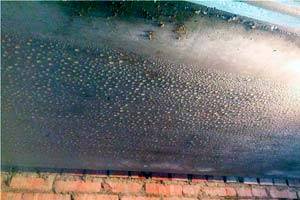
A layer of waterproofing under the insulation should protect from dampness from below. Sometimes you have to close the side vents - air vents - in the basement so that dampness does not penetrate there from the street, and instead install a ventilation grill above the basement, in the floor. If the floors are soaked with moisture, you need to wait for them to dry or use equipment such as a heat gun to speed up the process. But the coating may be deformed as a result.
Lack or insufficiency of thermal insulation of the floor
We need better thermal insulation, made in accordance with the calculations, it is also necessary to take care of the hydro and vapor barrier of the insulation, and if mice are found under the floor, think about a way to deal with them and close up the moves.
There are gaps in the floor
If the floors are plank, and the boards do not fit tightly to each other, cold will pull through the cracks from below and heat will flow out of the house (apartment), dampness also penetrates through them. The cracks can be sealed with putty, and so that new ones do not form, fix the loose boards with self-tapping screws. It is even better to supplement these operations with the laying of a dry screed made of plywood and other board or sheet materials.
Cold flooring
You can solve the problem with the help of a floor heating system, but you need to choose the right one for specific conditions. High-quality thermal insulation must be made under the warm floor, otherwise it will not be the room that will be heated, but the underground.
What to do if there is a cold floor in a private house
- The only correct solution will be floor insulation.
- If the house is under construction, then you need to take care of its thermal insulation in advance.When they already live in the house, then the solution will be to build up the floor or dismantle it. It all depends on your desires and financial investments.
- First of all, check the vent in the basement of the house. It should be tightly closed for the period of winter cold.
- Carefully examine the absence of gaps between the first crown and the base of the house.
- Take a look at the ceiling. According to experts, the main cause of drafts and cold floors in the house is a poorly insulated ceiling. The ceiling is insulated - the problem is solved.
- Install the underfloor heating system. But with improper insulation of the outer space, it will bring little benefit.
Underfloor heating from hot water
Installation of water heating is a step-by-step observance of the entire cycle from the beginning to the start-up of the system. The length of the pipe is determined by calculation, depending on the area of \u200b\u200bthe room.
Advantage
- Provides uniform heating of the entire floor.
- The pipes are hidden and do not change the aesthetic perception of the interior.
- Closed loop hot water from central heating, not reflected in total utility costs.
- Properly selected materials will not rust, which guarantees the system a long service life without leakage.
Equipment
- Metal-polymer or polymer pipes (preferably corrugated, bendable).
- Thermal insulation.
- Fasteners.
- Collector with a fitting for connection to the battery.
- Damper tape attached to the wall along the perimeter, within the height of the structure.
- Reinforcing mesh.
- Aluminum plates.
Types of heaters
Styrofoam
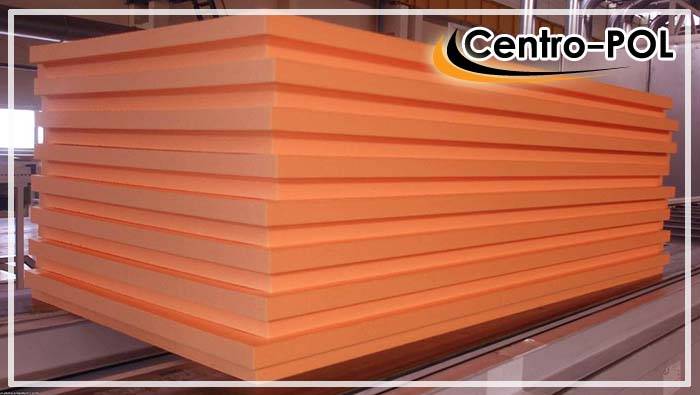
Expanded polystyrene, better known as polystyrene or its modified counterpart foam polystyrene, has excellent thermal insulation properties, is lightweight and easy to use. There is also extruded polystyrene foam. Its difference from the usual, in water resistance. If ordinary polystyrene foam can absorb a certain amount of liquid and deform due to this during temperature changes, then its more technological look is almost completely waterproof. The only disadvantage of expanded polystyrene is its flammability.
Expanded clay
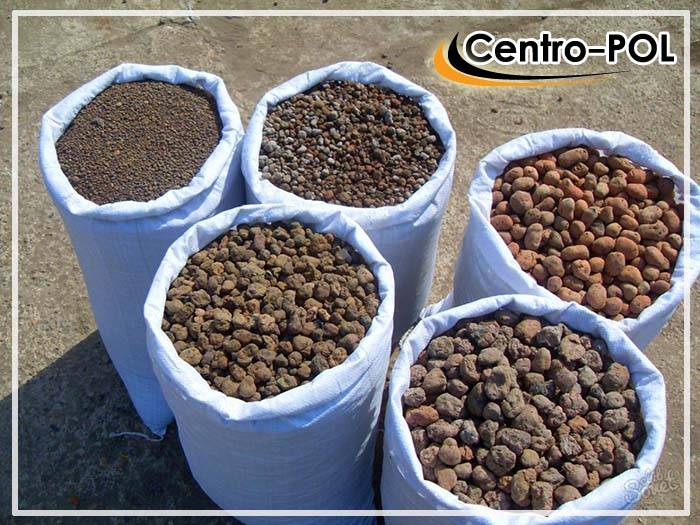
This bulk material is attractively priced and versatile. It can be used with a dry floor screed or mixed with cement mortar. Also, with its help, you can arrange a floating screed with your own hands.
Polystyrene concrete
Unlike expanded clay, polystyrene concrete requires a much smaller layer to create acceptable insulating properties. You can lay almost everything on it, including tiles. In addition, it has excellent soundproofing properties. You will learn more about this material from the video
Mineral wool
Mineral wool, as well as glass wool, are one of the most popular heaters, which are made in the form of tiles or rolls. The advantages include thermal insulation properties, reasonable price and vapor absorption. The disadvantages are the composition hazardous to health. When installing with your own hands, you should use respirators and avoid contact with open parts of the body. Therefore, mineral wool and glass wool need to be carefully insulated so that dust does not enter the premises.
Cork
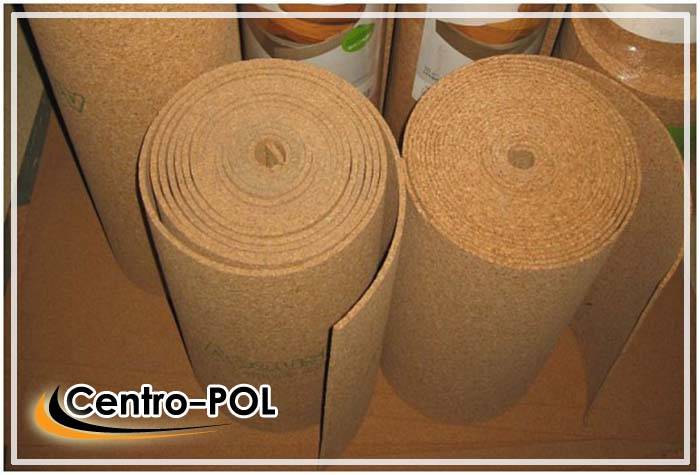
Cork material is perhaps the most expensive on our list. It is environmentally friendly, durable and moisture resistant. It can be used even for fine finishing, because in addition to its insulating properties, it looks beautiful as a top coat. Among the shortcomings can be noted instability to cuts and other mechanical damage.
Ecowool
It is made on the basis of cellulose, which means it is environmentally friendly and not hazardous to health.It has high heat and noise insulation properties, but does not tolerate moisture. Therefore, it is used in areas where there is no risk of contact with moisture. For more information about the advantages and disadvantages of ecowool, see the video
Penoizol
This is liquid polystyrene foam, about all the advantages of which we spoke above. The advantageous difference between the liquid form of such material is the ability to penetrate into the most inconvenient places.
Warm floor
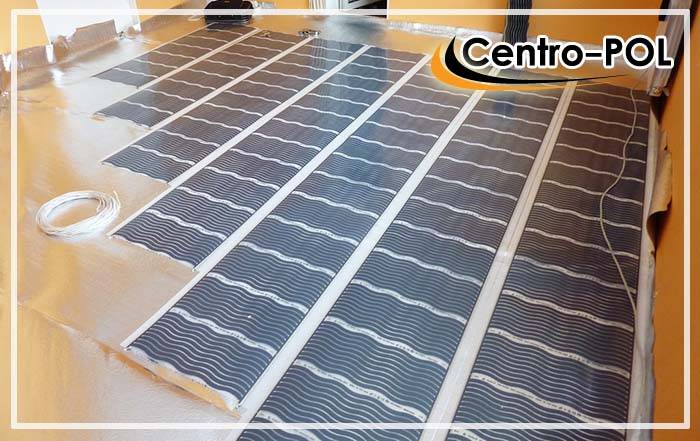
The option of installing underfloor heating is becoming more and more popular. It only repels its cost. There are several variations:
- Water;
- Electric;
- Infrared.
Water heated floor, heats with the help of communications with hot water under the subfloor. An electric underfloor heating is also installed and heats by converting electricity into heat. Infrared is the most modern, easiest option and you can lay it yourself without the involvement of specialists. Thin elements of the warm floor are laid under the finishing flooring. Only this type of floor can be realized with your own hands, without special skills.
How to cover the warmest
Cork flooring is the warmest. This is an expensive elite material that can be laid in any room, except for those places where there is high humidity. It is absolutely impossible to lay a cork on a bare concrete floor. This covering can be made in the form of plates or rolls. In order to make the flooring of laminate or linoleum warmer, cork is also sometimes laid under them. It provides excellent thermal insulation and protects against extraneous noise.

The cork does not react to temperature changes, it is able to withstand severe loads. It is not static and does not accumulate dust and hair on itself. Carpet looks very similar to carpet. It can be both quite hard and soft. This flooring is convenient because it has a low risk of injury, so it is often laid in children's rooms. Carpets can be made from both natural and artificial materials. This is a warm covering that will reliably protect your feet from the cold floor.
Foundation primer
Polyurethane
The second name of the composition is an epoxy primer, which has the property of penetrating deeply into concrete. Apply the component to the screed with a roller. Work along the perimeter of the base with a brush. Spaces are not allowed. This type of primer is effective for adhesion with bulk floors (self-leveling), prevent the formation of fungus and moisture penetration.
Betonokontakt
This is a composition of acrylic with quartz sand. Applied with roller and brush. After priming, a rough surface is formed on the base, providing close contact with the subsequent layer. Acrylic in the composition makes the film resistant, preventing moisture from entering the concrete. After 4 hours, from the moment the composition is applied, proceed to the next stage of warming.
Stages of work on the installation of thermal insulation
The house is set directly on the ground.
- make a bedding of sand or gravel under the ceiling;
- build a wooden floor, as a draft;
- a layer of waterproofing is laid;
- between the lags (parallel wooden boards) put a heat insulator.
- a vapor barrier layer must be installed on top.
- finishing floor with the obligatory leaving a gap for ventilation between it and the heat insulator.
The cold floor is above the basement. In this case, it is necessary to increase the floor by several centimeters.
- A waterproofer is placed on the cleaned subfloor.
- Lags are laid on top.
- A heater is placed between them.
- Then comes the substrate and the finishing floor.
Little tricks:
- if there is a basement under the cold floor, then before starting the insulation procedure, take care of the thermal insulation of the basement walls;
- do not forget about ventilation when installing insulation;
- do not save money on the purchase of a vapor barrier and a waterproofer:
- do not forget to treat wooden boards with an antiseptic.
Why do private houses have cold floors?
There are several reasons why the floors are cold in a wooden house.
- The design of a wooden house is prone to change: the wood is deformed, the structure settles. If you rush and lay the floors to the full shrinkage, they will warp and be cold.
- Natural wood, from which floorboards are made, becomes unusable over time, cracks. Cracks form. Cold air enters through them, which cools the floors. If the house is old, then it is understandable why the floors are cold.
- In a new house, it will be cold on the floor if mistakes are made during its installation.
- If the flooring is laid on a concrete base, which cools down a lot in cold weather, then it will be uncomfortable to walk on it.
To properly insulate floors, you need to know the reasons for their cooling.
Conclusion
Insulating the floor in a private house on your own is quite realistic. If everything is done correctly, then the warm floor will please for a long time, since the materials do not require frequent replacement.
Cold floors in a private house are not as rare a problem as one might think. Mistakes made at the design stage and directly during construction lead to the fact that in winter the floors of the first floor are so cold that you cannot walk on them with bare feet.
What can be done about this problem at the design stage, and what solutions are seen already in the built house? How to eliminate the problem of "cold floors" at the construction stage? Read this article.
